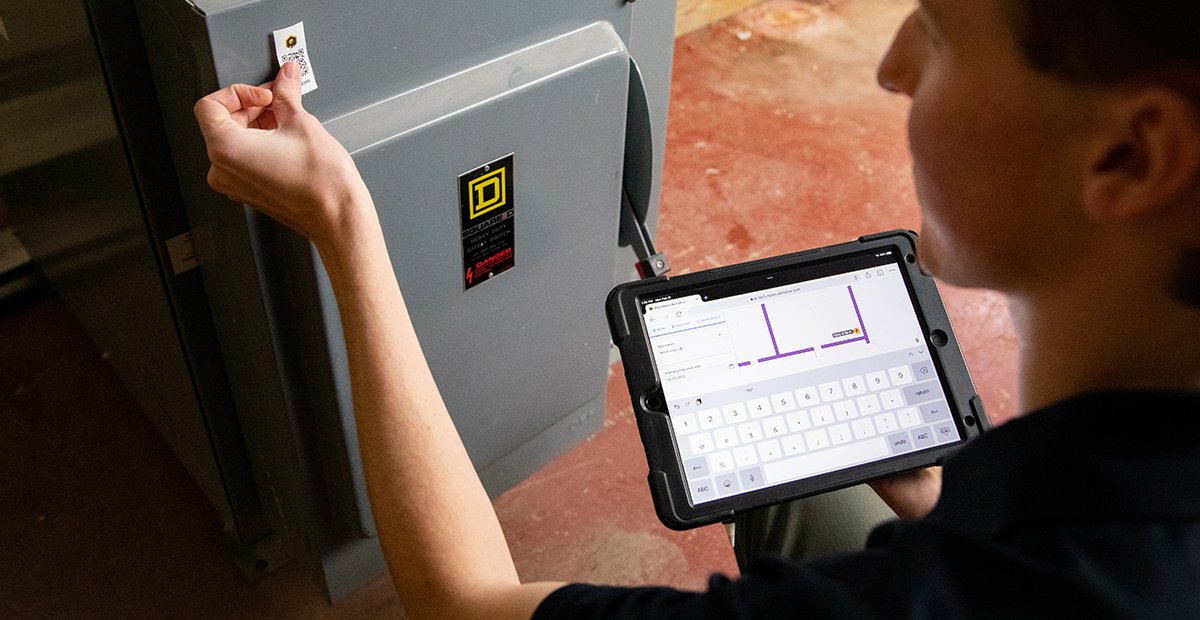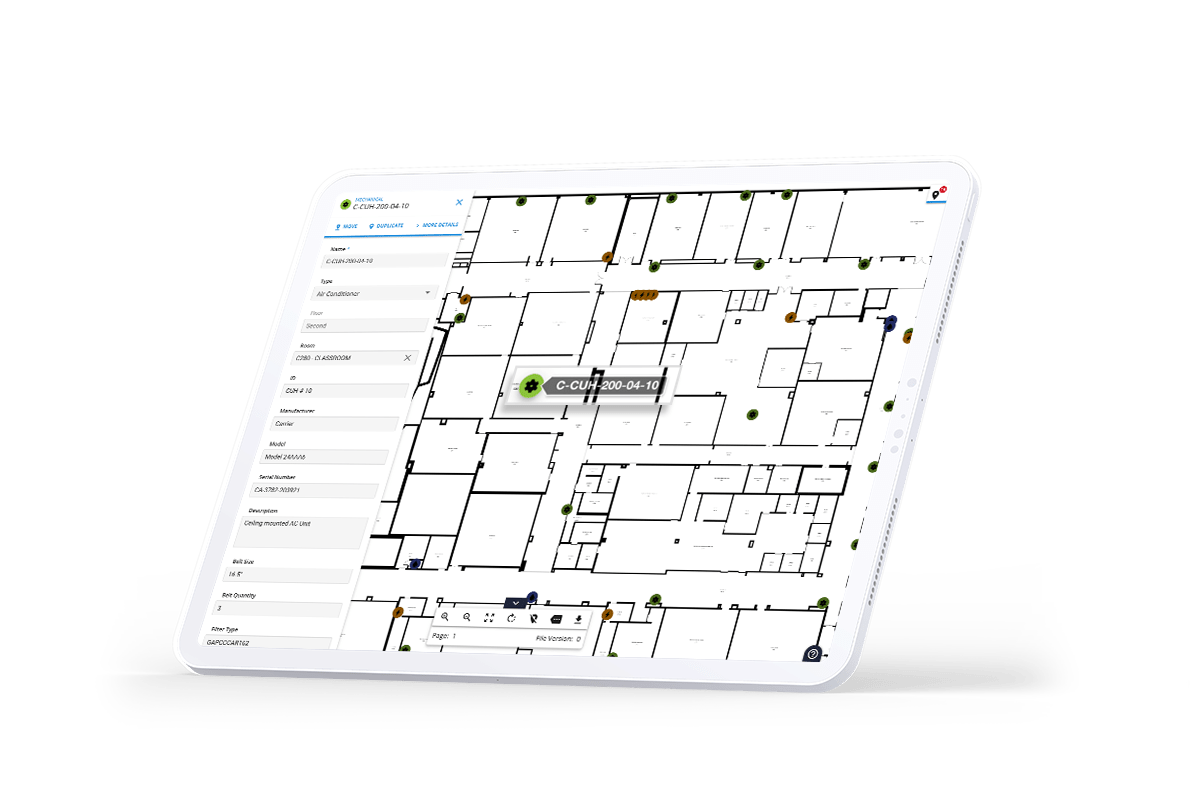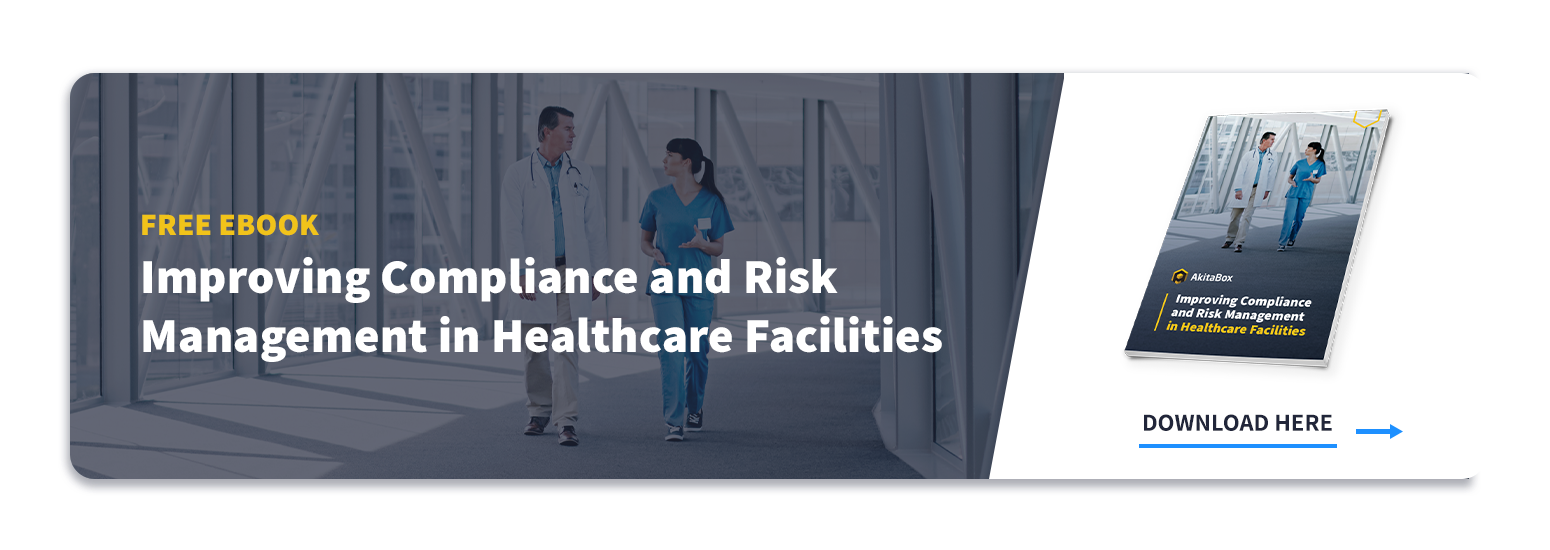When it came time for Children’s Healthcare of Atlanta to put together a 10-year capital plan, they realized they needed more information than the ASTM E2018-15 property assessment or even a traditional facility condition assessment could provide them.
In order to create a detailed capital plan and 10-year projection, hospital leadership needed an accurate assessment of their real estate assets, including exterior sitework, structural building envelope, mechanical-electrical-plumbing (MEP) systems, and the state of interior finishes. Beyond that, they needed an assessment that looked at their facilities through a healthcare-specific lens. And finally, the results had to be in a manageable format that could be updated live and remain accurate over time.
Children’s Healthcare of Atlanta facility advisors Impact Development Management teamed up with AkitaBox to put together an assessment strategy that delivered everything the hospital would need. Travis Epperson of Impact DM and Josh Lowe of AkitaBox revealed how they did it in a recent webinar you can watch here.
Don’t have time for the whole webinar? Here are the highlights of how they built a better healthcare-focused FCA.
Strategy #1: Use Sophisticated Software
It was essential that the resulting capital plan be a living entity in a manageable format – that meant it required the right software platform. Impact DM chose AkitaBox because it provided everything they were looking for:
- Manipulatable cost data
- Projections of on-going maintenance cost by assembly or asset
- An intuitive user interface
- A single source of truth for facility budget analysis and decisions
- A platform to maintain the capital plan into the future
- The ability to aggregate additional data sources to improve capital budgeting
Strategy #2: Assemble the Right Team
With so many different systems to look at, it was important to bring in experts who could provide knowledgeable condition assessments for each type of asset. Impact DM brought in sub-consultants for:
- MEP systems
- Building envelope
- Structural
- Architectural
- Conveying systems
- Civil & site

Strategy #3: Capture the Right Assets
To know which assets were important to the capital plan, Impact DM coordinated with the Children’s Healthcare facility department to determine which assets they wanted analyzed and included in the plan. This then informed the sub-consultants which assets to focus their efforts on.
But how were these multi-disciplinary sub-consultants supposed to find and record condition data for assets in a 750,000-square-foot facility? Software once again to the rescue.
In preparation for the FCA, the AkitaBox team went through the entire facility and inventoried everything. They identified the necessary assets–and for each one, they put a QR code sticker on it, mapped its location on a set of digital floor plans, and took and uploaded photos. This served as a baseline asset inventory for the assessment.
Impact DM was now armed with a central repository of asset and condition data, provided by AkitaBox, they could evaluate from a healthcare perspective. The team could also link cost data and lifecycle data from industry sources to each asset within AkitaBox. All of this data and expertise from multiple sources converged into a single platform to give Impact DM – and Children’s Healthcare of Atlanta – a holistic view of the entire facility.

Strategy #4: Establish a Clear Grading Process
With multiple disciplines looking at facilities in different ways, it’s important to work together as a team to establish clear grading. One sub-consultant might say a broken curb and gutter is a critical, priority 1 item. But that may not necessarily be a priority 1 item in the eyes of the health system. An aging boiler at the end of its lifetime, on the other hand, may be more of a priority 1 issue.
Impact DM collaborated with their sub-consultants to ensure that everyone doing the condition assessment looked at priorities the same way:
Priority 1: immediate/critical items
Priority 2: potentially critical items
Priority 3: necessary/recommended items
This strategy is key to ensure consistency across the various asset condition assessments for future decision-making.
Strategy #5: Gather Input from Trusted Maintenance Contractors
Before sending anyone onsite to do the FCA, Impact DM interviewed the maintenance technicians and subcontractors that work in the hospital every day, including those handling:
- Plumbing
- Medical gas
- HVAC
- Electrical
- Fire protection
- Conveying systems
These people could point out critical assets and areas that shouldn’t be missed in an assessment. The last thing anyone wanted was to publish the final FCA results, only for a technician to say: “Oh, you didn’t check the valve on air handling unit number seven. Did you know the valve sticks?”
Strategy #6: Get Risk & Legal Department Input
You’ll do yourself a disservice if you go out to do an FCA without knowing some of the history of the facility. Have there been complaints from patients and family members about a certain part of the facility? You don’t want to risk missing something during your assessment that has been the subject of a past complaint.
During the planning phase of the FCA, Impact DM looked at any:
- Past incident reports
- ADA accessibility complaints
- Historical info on claim and lawsuits
The FCA Process from Start to Finish
Taking all of the above strategies into account, the process for Children’s Healthcare of Atlanta’s FCA looked like this:
Step 1: Revit modeling and data capture using the AkitaBox Capture App
Step 2: Input from trusted partners/experts
Step 3: Assessments by sub-consultants
Step 4: Asset inventory, condition, and cost estimating using AkitaBox
Step 5: Review and prioritization from a healthcare perspective by ImpactDM
Step 6: Review of FCA results with hospital facilities department
Step 7: Final report and delivery of data in the AkitaBox platform
Watch the full webinar to learn even more, including discussion on:
- Digital twins
- Selecting FCA/facilities management software
- Data collection
- RSMeans cost data
- Data aggregation
- Internet of Things
If you’re interested in learning more about AkitaBox software and how it’s helping healthcare facilities do better capital planning and facilities management, give us a shout.
Read More
3 Ways an FCA Enables Better Capital Planning
5 Ways to Win the Game of Proactive Healthcare Facility Management
Why You Need the Right Healthcare Risk Management Tools
The Top 3 Facility Management Challenges for Multi-Hospital Systems
Capital Budgeting Process: Why Your Data Is Failing You


